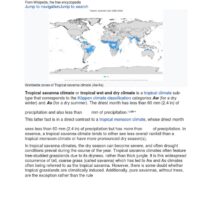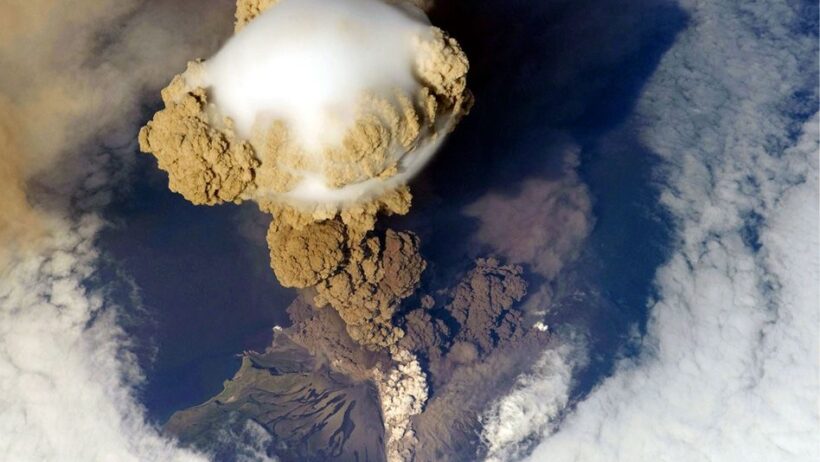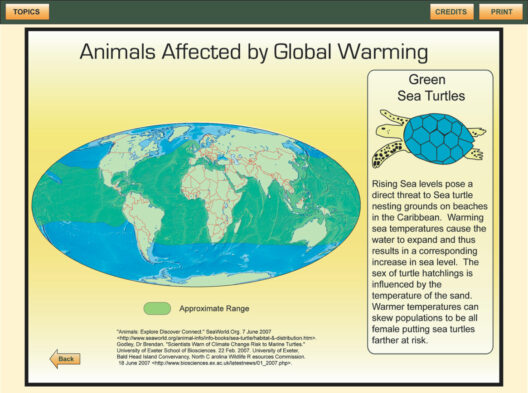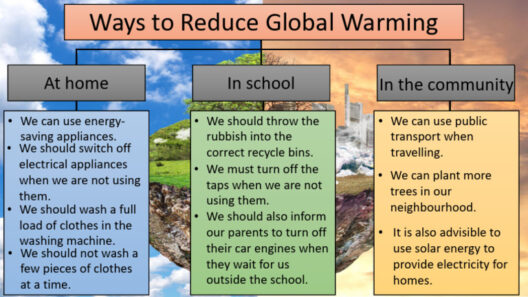Volcanoes have long captured the human imagination with their formidable eruptions and the transformative landscapes they create. However, a more nuanced observation suggests that these natural phenomena might play an unexpected role in addressing one of the gravest challenges of our time: global warming. The idea that volcanic eruptions could be harnessed to mitigate climate change invites curiosity and earnest investigation.
Understanding the dynamics of the Earth’s climate necessitates a comprehensive examination of the interactions within the atmosphere. Volcanic activity contributes to atmospheric changes, particularly through the release of aerosols and greenhouse gases. While volcanoes predominantly emit carbon dioxide (CO2), they also discharge sulfur dioxide (SO2), which can lead to a cooling effect on the planet. This dualistic role of volcanoes in influencing climate presents a fascinating dichotomy worth exploring.
When a volcano erupts, it releases vast quantities of ash and gases into the stratosphere. Notably, sulfur dioxide transforms into sulfate aerosols, which reflect sunlight away from Earth, thus inducing a temporary cooling. Historical volcanic eruptions, such as the eruption of Mount Pinatubo in 1991, resulted in a measurable drop in global temperatures. Studies have shown that following this eruption, average global temperatures decreased by approximately 0.5 degrees Celsius for about two years. This phenomenon raises a provocative question: could we intentionally replicate these effects to counter climate change?
The concept of using volcanic materials to counteract global warming has spurred lively debates. Advocates of geoengineering, a field focused on large-scale interventions in Earth’s climate systems, have proposed methods including “stratospheric aerosol injection.” This technique involves releasing sulfate aerosols into the stratosphere, mimicking the natural processes of volcanic eruptions to evoke a cooling effect. While theoretically appealing, it introduces a slew of ethical and logistical challenges.
Before delving deeper into geoengineering strategies, it is essential to scrutinize the ramifications of manipulating the planetary system. One cannot overlook the environmental toll often inflicted by human intervention in natural processes. Past experiences, both natural and anthropogenic, elucidate that the Earth’s systems are interconnected and sensitive to numerous variables. Unintended consequences from geoengineering endeavors could precipitate dramatic climatic shifts or exacerbate pre-existing weather anomalies.
Moreover, while volcanic eruptions can provide temporary respite from warming, they are not a panacea for the systemic issue of greenhouse gas emissions. The root cause of climate change lies in the unprecedented levels of CO2 and other greenhouse gases produced by human activity. Assuming that volcanic eruptions could be relied upon to cool the planet runs the risk of complacency regarding the imperative to reduce emissions. Therefore, any discussion surrounding the utilization of volcanoes as a climate mitigation strategy must be underscored by a commitment to addressing the fundamental drivers of climate change.
In addition to the direct climatic effects, the socioeconomic implications of manipulating volcanic activity cannot be overstated. Communities living near active volcanoes face significant risks, including eruptions, lava flows, and ash fallout. Introducing engineered alterations could magnify these vulnerabilities. The ethical implications of such interventions must be pondered, particularly in terms of consent from affected populations and the accountability of decision-makers.
The relationship between volcanoes and climate is complex and multifaceted. Interestingly, the study of small volcanoes, often overlooked in favor of more famous giants, has revealed that they also significantly contribute to atmospheric changes. Monitoring these less prominent volcanoes could offer valuable insights into subtler climate effects. Furthermore, small eruptions are more frequent and could cumulatively influence weather patterns over time, providing a more granular understanding of their impact.
Another dimension to consider is the potential for harnessing volcanic energy rather than using eruptions for cooling. Geothermal energy, derived from the Earth’s internal heat, offers a viable and sustainable energy source that could effectively replace fossil fuels. By tapping into geothermal resources in volcanic regions, countries could mitigate greenhouse gas emissions while advancing energy security. The dual potential for energy generation and climate mitigation underscores another avenue for leveraging volcanic activity in the fight against global warming.
As scientists grapple with the consequences of using volcanoes as a climate strategy, it is crucial to remain steadfast in prioritizing ecological integrity. Instead of seeking out potentially hazardous geoengineering methods, a more prudent approach lies in embracing sustainable practices, such as reforestation and transitioning to renewable energy. It is herein that human endeavors can align with the planet’s natural systems, fostering resilience against the advancing symptoms of climate change.
In conclusion, while the idea of utilizing volcanoes and their eruptions to combat global warming is undeniably fascinating, it unveils a tapestry of challenges and considerations that must not be underestimated. It emphasizes the complexity of climate science and the necessity of a multifaceted approach to one of humanity’s most pressing crises. Availing oneself of both the cautions and potential benefits of volcanic activity encourages a deeper conversation about the paths we take in reconciling our existence with the Earth’s intricate systems. Embracing sustainable practices may prove to be our most effective means of safeguarding the planet for future generations.








